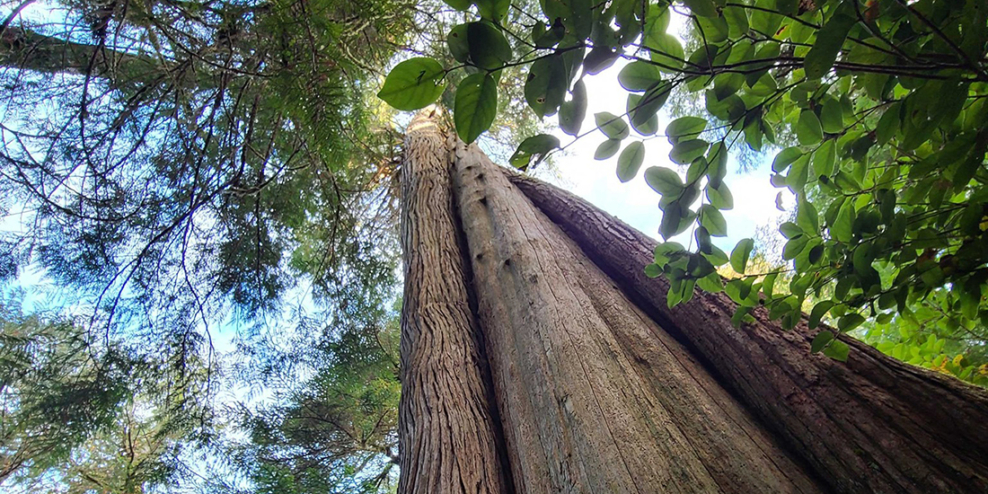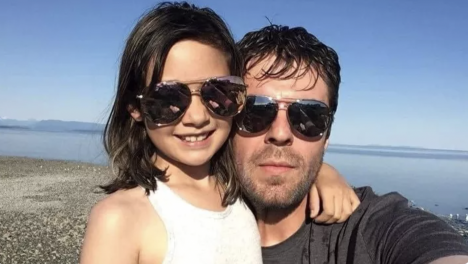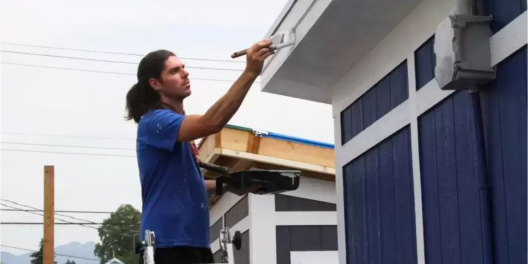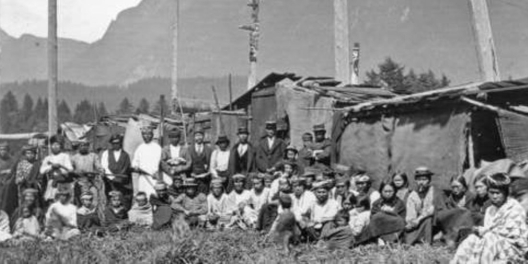Huu-ay-aht First Nation territory, or Ḥahuułi, has a lot of forests. Their land is home to 153,000 hectares of forest. That’s about 60,000 football fields.
And about a third of that is old-growth.
In November, the BC government gave First Nations 30 days to decide whether they wanted to defer old-growth logging in their territory for two years.
When you’re dealing with that much forest, 30 days is not a lot of time. In fact, Grand Chief Stewart Phillip pointed out the timeline is “absolutely ludicrous.”
“It doesn’t provide the adequate space for those intense discussions, analysis and due diligence to happen within such a short timeframe,” he told CBC’s Early Edition. He’s the president of the Union of B.C. Indian Chiefs.
But Huu-ay-aht has decided to approve the province’s proposal. At least, most of their proposal.
They have decided they’ll continue to log about 4% of the land that the province suggested they defer.
That works out to 645 hectares, or about 250 football fields.
“That 4% landed on currently approved cutting permits or where submissions were going to be made for those cutting permits,” Elected Chief Councillor Robert Dennis told Ha-Shilth-Sa.
“The vast majority of the current old-growth stands in our territory will be left standing.”
In a statement, Dennis and Head Hereditary Chief Derek Peters said that pressing pause on all old-growth logging would seriously impact the economic health of their nation. It would also affect local workers, Bamfield, and the whole Alberni region.
“If the province doesn’t agree to what we want, it will be totally devastating for the Huu-ay-aht First Nations,” Dennis told Ha-Shilth-sa.
“People will lose their jobs, we will lose revenue, and a lot of forestry activity will cease because we just can’t afford to log based on provincial policies that are coming up.”
But Huu-ay-aht has said they’re also going to keep investigating the issue.
After all, they only had 30 days to figure everything out.
Their decision could change, but they hope to finish their analysis by mid-January 2022.
Things could change again in a couple of years. Huu-ay-aht is in the middle of its Hišuk ma cawak Integrated Resource Management Planning process. They should finish their planning in 2023.
After that, all decisions about forests and logging will be based on the recommendations from that process.
“As a Modern Treaty Nation, Huu-ay-aht will decide how best to manage our lands and resources guided by our three Sacred Principles of ʔiisaak (utmost respect), ʔuuʔałuk (taking care of), and hišuk ma c̕awak (everything is one),” Dennis said in a statement.
Stay tuned. Premier Horgan’s decision to inject indigenous issues into the equation means the already complicated tug-of-war over the future of BC’s last remaining old-growth is unlikely to be resolved anytime soon.










